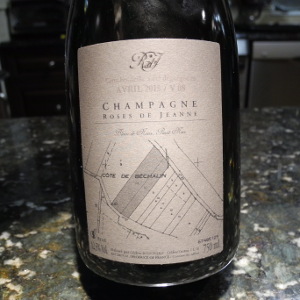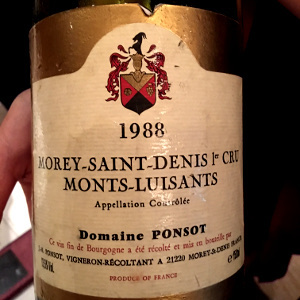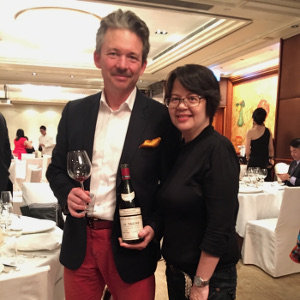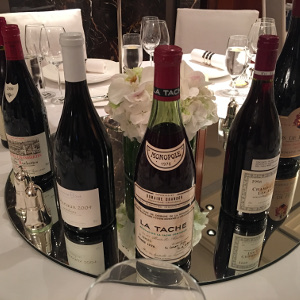
I recently had a bottle of the 2008 Blanc de Noir Côte de Béchalin from Roses de Jeanne, produced by Cédric Bouchard, This was a noteworthy bottle of wine from one of the rising stars of the southern Champagne subregion of the Aube. Unfortunately, it was also a bit confusing. It is definitely worth the effort to get to know this producer, however, so a bit of explanation is in order. When he began in 2000, he worked a 0.9 ha plot called Les Ursules belonging to his father, which he called “Champagne Roses de Jeanne” as a tribute to his grandmother. Later he added another 1.5 ha vineyard site called Côte de Val Vilaine, which he initially called Inflorescence. Since 2012, however, it has been labeled with the name of the vineyard, thus Côte de Val Vilaine, and since 2014 all of the champagne from Cédric Bouchard is bottled under the Roses de Jeanne label.
To this initial structure, he began to add single vineyard wines. The first was called initially La Parcelle, a 1.5 ha plot planted to Pinot Noir, which is now called by the vineyard name, Côte de Béchalin. In 2004, he began to produce a Chardonnay from a 0.12 ha vineyard called La Haut-Lemblé. There is also a tiny production of rosé from the 0.07 ha vineyard Le Creux d’Enfer, and a Blanc de Blancs made from Pinot Blanc from the 0.22 ha vineyard La Bolorée. The newest edition is a Blanc de Noirs from the 0.25 ha vineyard called Presle. All are worth trying. I found the Côte de Béchalin absolutely superb. It really shows the possibilities of the Blanc de Noirs style. It goes through malolactic fermentation, but receives no dosage and thus retains a crisp, fine edge and an almost citrus/saline cast in spite of grape variety. The wine is produced from tiny yields with minimal intervention, and is aged in bottle six years before release to give a stunning complexity and depth of flavor in spite of the fine, racy profile.


